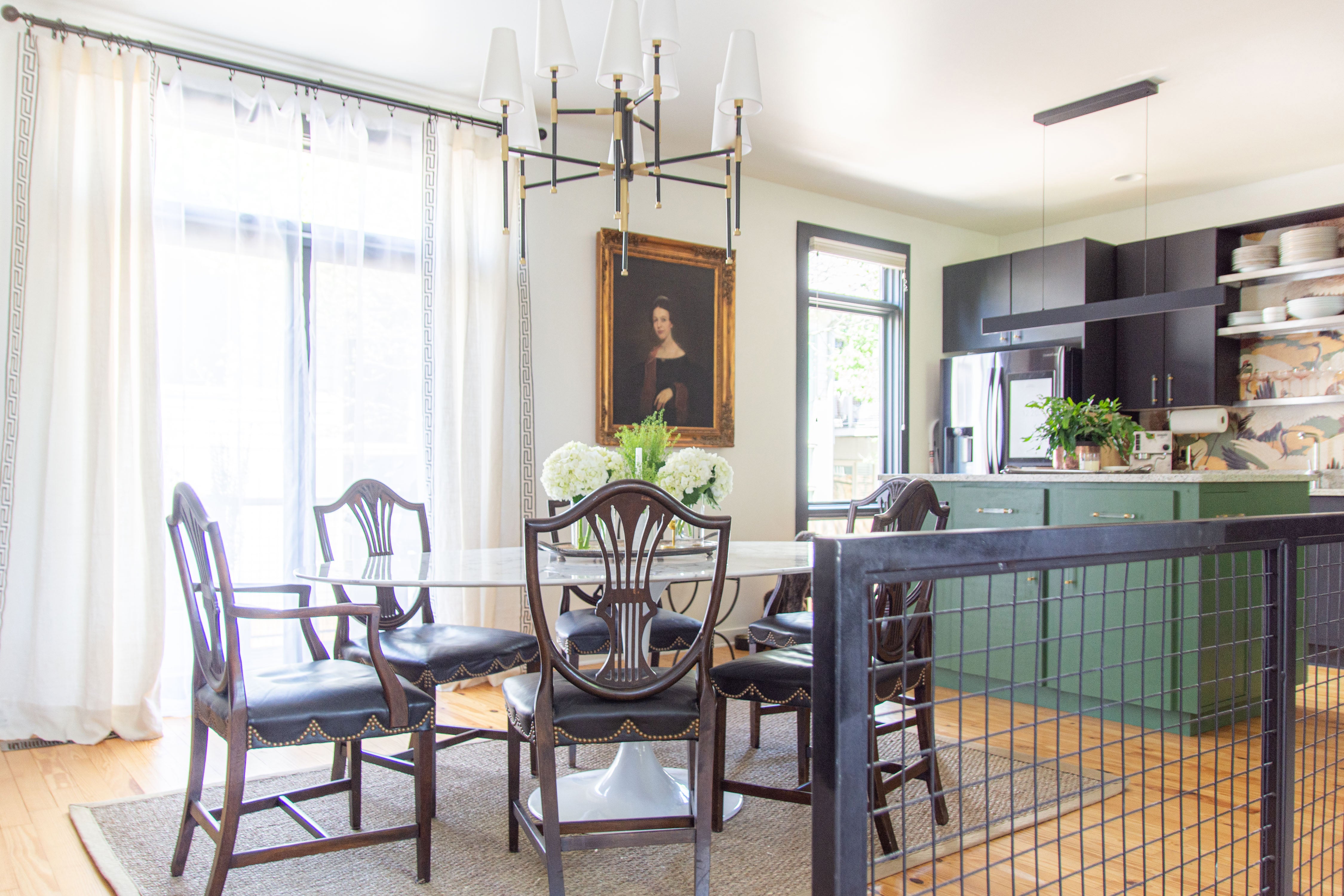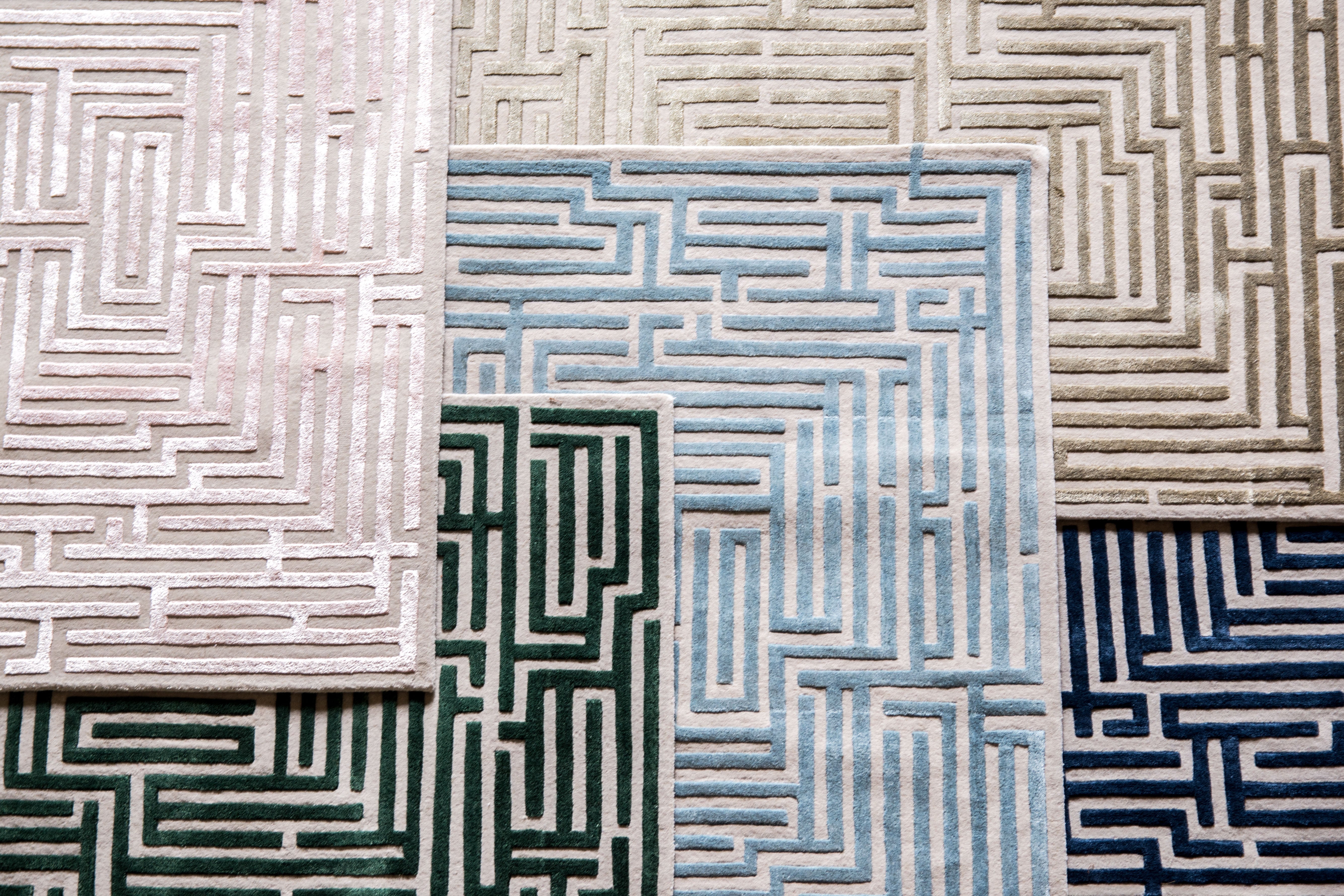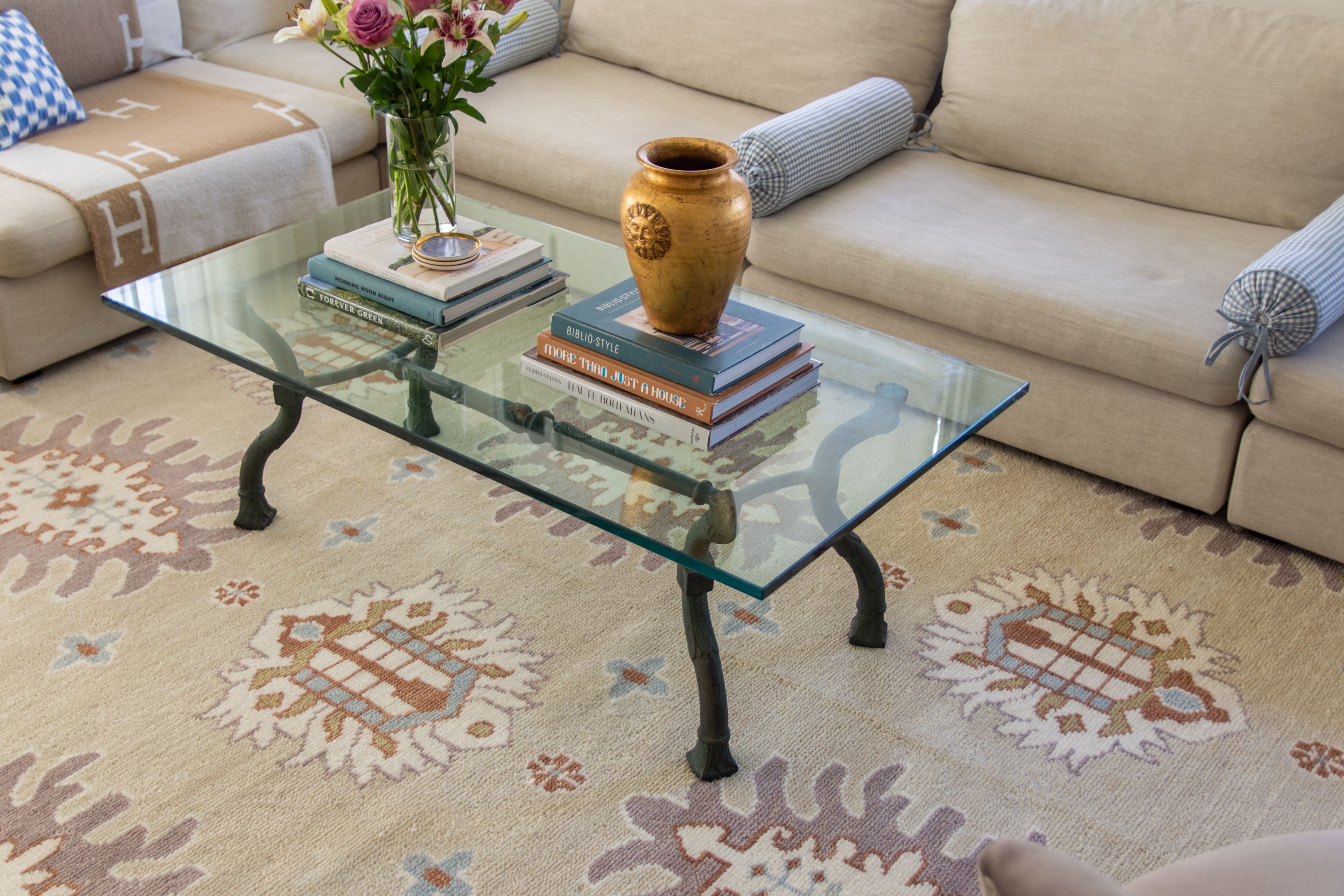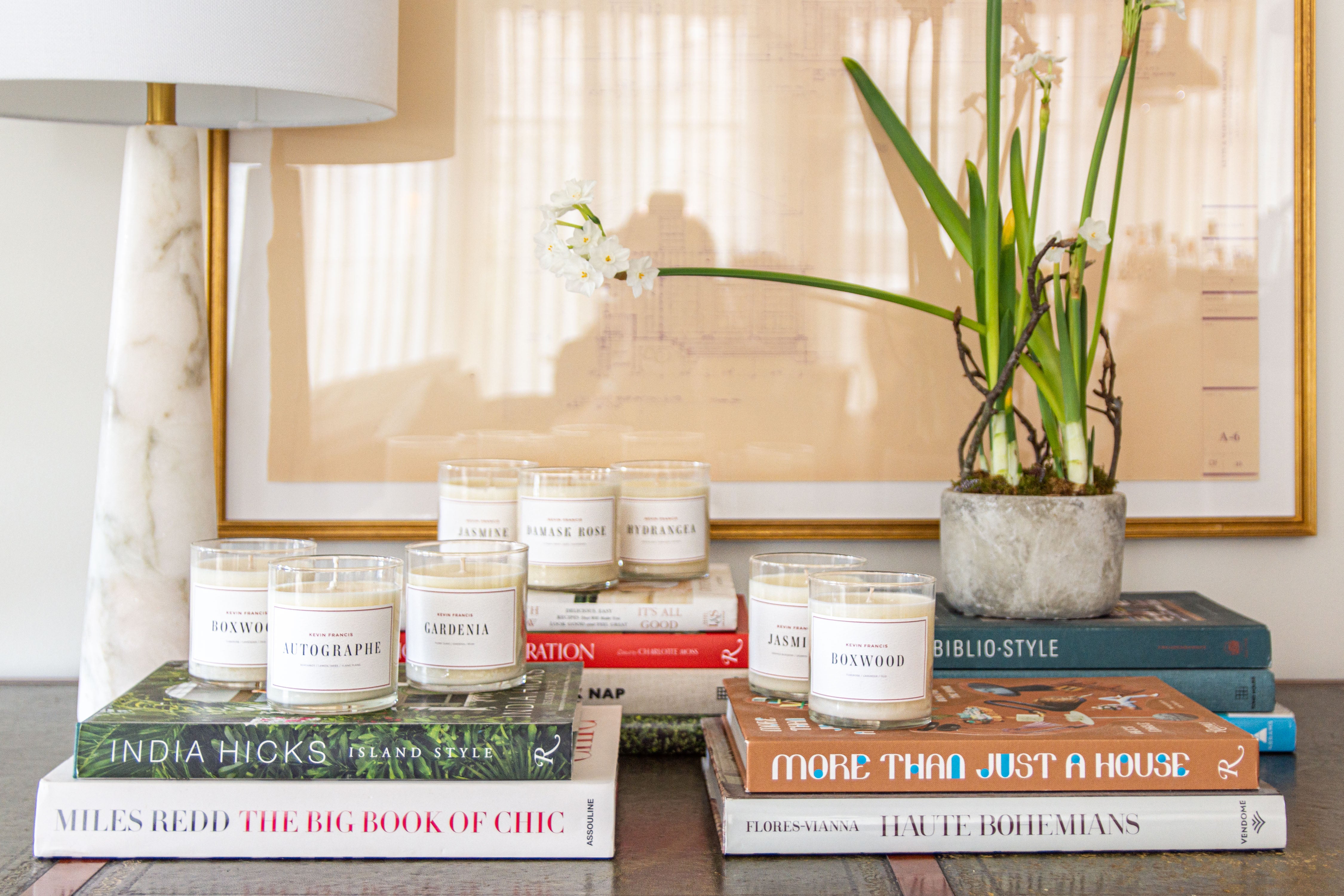How to Secure Storage When Transitioning to a New Home?
Transitioning to a new home can be both an exhilarating and overwhelming experience. Among the myriad tasks that demand attention, ensuring the security of your belongings during the move stands out as a critical concern. This is especially true for those items that won't be making the immediate trip to your new residence but are nonetheless invaluable. Whether it's family heirlooms, seasonal sports equipment, or simply excess furniture, securing appropriate storage is paramount. In this blog, we’ll explore practical tips and strategies for safeguarding your possessions, offering peace of mind as you step into the next chapter of your life.
Assessing Your Storage Needs
Before choosing a storage solution, it's crucial to accurately assess your storage needs. This process begins with a thorough inventory of items requiring storage. Categorize belongings into groups based on size, value, and sensitivity to temperature or humidity. High-value items such as artwork, antiques, or electronics may require climate-controlled environments to prevent damage. On the other hand, less sensitive items like seasonal clothing or durable sports equipment can be stored in standard storage units.
Consider the duration of storage needed and factor in potential changes in weather or accessibility. Do you find yourself searching for storage units, or can you handle the process on your own? If you have more time than money, self-storage units may be a better fit for short-term storage. However, if convenience outweighs cost considerations, full-service storage options may be more suitable for long-term storage needs.
Decluttering and Sorting
Before moving your belongings to a storage unit, decluttering is an essential step to ensure that you only store items that are truly needed or valued. Start by sorting through your possessions, and deciding what to keep, sell, donate, or discard. This not only helps in reducing the volume of items requiring storage but also contributes to a more organized and efficient packing process.
Engage in a systematic review of each category of items you've identified. Clothing you haven't worn in over a year, outdated electronics, and duplicate kitchen items are good candidates for decluttering. The goal is not only to minimize storage space but also to lighten your load, making your transition smoother and more cost-effective.
After the decluttering phase, organize the items you are keeping into clearly labeled boxes or containers, which will simplify both the moving and eventual unpacking processes. Creating an inventory list of stored items can further ease the transition, ensuring that no item is forgotten or misplaced.
Packing and Organizing
Packing and organizing your belongings for storage is a crucial step in the moving process, requiring both strategy and attention to detail. Start by gathering quality packing materials such as sturdy boxes, bubble wrap, packing paper, and strong tape. Having the right materials will help protect your items from damage during storage and transportation.
For efficient packing, prioritize items based on their fragility, size, and how frequently you'll need access to them. Delicate items such as glassware or electronics should be wrapped individually in bubble wrap or packing paper and placed in clearly labeled boxes. The heavier the item, the smaller the box should be to make lifting and transporting easier.
When organizing your storage unit, place items you may need to access more frequently at the front and center. Heavier, bulkier items should form the base, with lighter boxes stacking neatly on top. Leave pathways between stacks of boxes to facilitate easy access to all items without the need to move everything around.
Securing Valuables
When moving into a new home, it's essential to take extra precautions with your most valuable possessions. Valuables such as jewelry, important documents, family heirlooms, or collectibles require special attention due to their irreplaceable nature or financial worth. Here are steps to ensure their security during the transition:
Firstly, consider utilizing a safe deposit box at a bank for extremely valuable items or sensitive documents. This option offers a high level of security and peace of mind during the moving process. If a safe deposit box is not feasible, invest in a high-quality, fireproof safe that can be securely fastened within your current or new home.
For items that will be transported with you, use inconspicuous packaging to avoid drawing attention to them. Keep these items with you during the move, if possible, rather than placing them in a moving truck or storage unit.
Additionally, create a detailed inventory of all valuables, complete with photographs and any serial numbers or appraisal documents. This not only aids in keeping track of these items but is also invaluable if an insurance claim needs to be filed.
Securing storage when transitioning to a new home requires careful planning, decluttering, and organization. By accurately assessing your storage needs, decluttering and sorting items, carefully packing and organizing them for storage, and taking extra precautions with valuables, you can ensure the safekeeping of your belongings during this exciting transition.










